PPT-Structure of Proteins LIPPINCOTT’S
Author : sterialo | Published Date : 2020-06-17
ILLUSTRATED REVIEWS BIOCHEMISTRY CHAPTER 2 OVERVIEW Twenty amino acids commonly found in proteins are joined together by peptide bonds The liner sequence of
Presentation Embed Code
Download Presentation
Download Presentation The PPT/PDF document "Structure of Proteins LIPPINCOTT’S" is the property of its rightful owner. Permission is granted to download and print the materials on this website for personal, non-commercial use only, and to display it on your personal computer provided you do not modify the materials and that you retain all copyright notices contained in the materials. By downloading content from our website, you accept the terms of this agreement.
Structure of Proteins LIPPINCOTT’S: Transcript
Download Rules Of Document
"Structure of Proteins LIPPINCOTT’S"The content belongs to its owner. You may download and print it for personal use, without modification, and keep all copyright notices. By downloading, you agree to these terms.
Related Documents


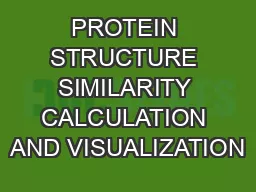
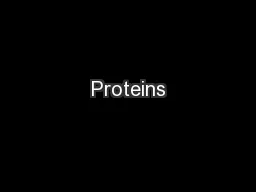
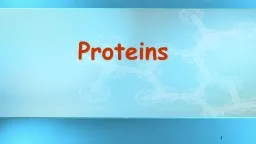
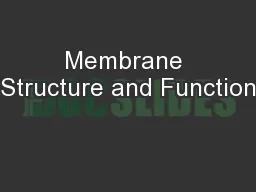
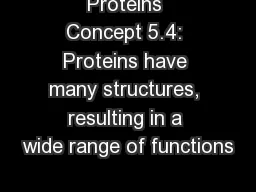
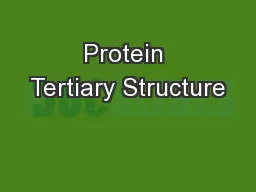
![[EBOOK] - Lippincott Q&A Review for NCLEX-RN (Lippincott\'s Review For NCLEX-RN)](https://thumbs.docslides.com/903128/ebook-lippincott-q-a-review-for-nclex-rn-lippincott-s-review-for-nclex-rn.jpg)
![[EBOOK] - Lippincott Illustrated Reviews: Biochemistry (Lippincott Illustrated Reviews](https://thumbs.docslides.com/906864/ebook-lippincott-illustrated-reviews-biochemistry-lippincott-illustrated-reviews-series.jpg)
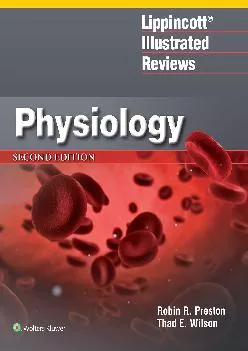
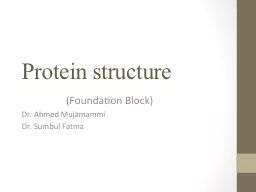

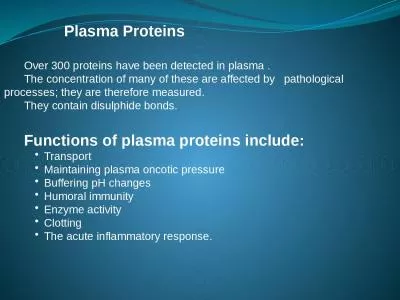
![[READ] Lippincott Illustrated Reviews: Biochemistry Lippincott Illustrated Reviews Series](https://thumbs.docslides.com/1006287/read-lippincott-illustrated-reviews-biochemistry-lippincott-illustrated-reviews-series.jpg)